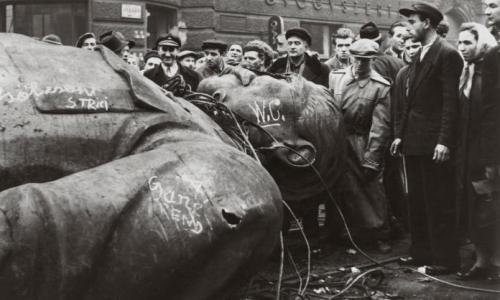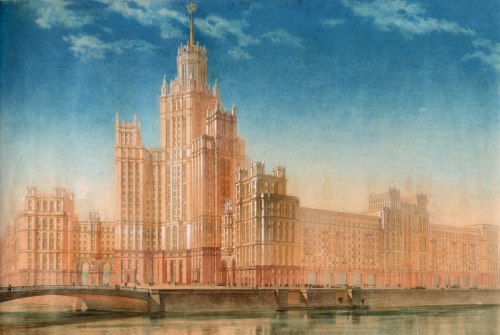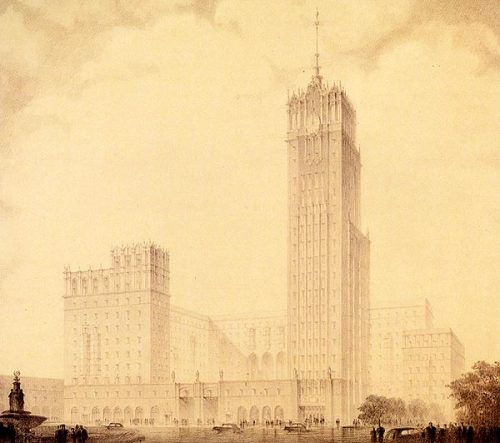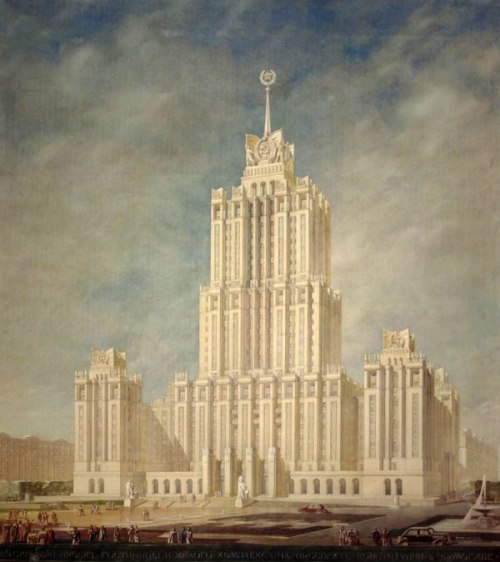#stalinism
When the Hungarian revolution was only four days old, Peter Fryer arrived in Hegyeshalom, a small town on Hungary’s border with Austria. Fryer had been a writer for the British Communist Party’s Daily Worker for eight years; he had reported approvingly on the Hungarian regime’s show trials in the late 1940s. Now, in 1956, he was being sent to report on what his Communist Party described as a counterrevolutionary putsch aiming to overthrow a socialist government. Fryer wrote that on his arrival in Hungary, he thought he was setting foot in “a country where ‘we’ were in power. A country where a new life was being built, where the workers were in command”. He expected to see ordinary workers enthusiastically defending the government against a fascist insurrection. What he witnessed was the opposite.
A working class revolution was attempting to free the country from the shackles of national oppression which the Russian regime was imposing upon it. The revolutionary process was developing through the construction of workers’ councils, modelled on the soviets of the Russian revolution of 1917. “I saw for myself that the uprising was neither organised nor controlled by fascists or reactionaries”, he wrote in Hungarian Tragedy, the book he published while the revolution was being crushed by Russian tanks, and which became a classic account of a modern workers’ revolution. In Hungary, Fryer witnessed “a people’s revolution–a mass uprising against tyranny and poverty”.
READ MORE: Stalinism versus revolution: Hungary 1956
Post link
i hope people realise this person:

posted also this post:

There is no such a thing as an “anti-imperialist marxist-leninist”, the word you’re looking for is a hypocrite. the Russian Empire, the Soviet Union and the Russian Federation have all been imperialist states.
The deportation of the Karachais began in the USSR on November 2, 1943, as a result, 69,267 people (15,980 families) were evicted. In total, during the pre-war and wartime, 79 thousand people of Karachai nationality were deported. Most of the repressed - more than 43 thousand people, including 22 thousand children - died on the road, as well as in places of resettlement. In modern Karachay-Cherkessia, November 2 is considered the day of deportation of the Karachai people. And May 3 is annually celebrated in Karachay-Cherkessia as the Day of the revival of the Karachai people.
“The idea of the project was to capture the faces, expressions of the eyes of people, to show that they are not broken, that they have returned, have preserved their customs and traditions,” the author of the project, Marika Khubiyeva, told the “Caucasian Knot” correspondent.
Source:https://www.kavkaz-uzel.eu/articles/341933/ © Caucasian Knot
Post link
Projects of famous”Seven Sisters” - skyscrapers in Moscow, built in Stalinist style (1930s-1940s)
Post link








